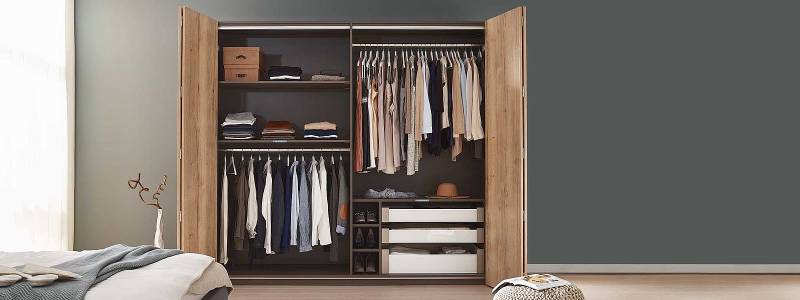
Particle board, also known as chipboard, is an engineered wood product manufactured from wood particles or flakes, bound together with resin under high pressure and heat. This process creates a flat, stable panel ideal for a wide range of applications, making it a cost-effective and versatile alternative to solid wood.
Key Features & Benefits:
Types and Grades:
Particle board is available in various grades, each suited for specific purposes:
Specifications (vary depending on manufacturer and grade):
Applications:
Important Considerations:
Conclusion:
Particle board is a cost-effective and versatile material offering a balance of strength, workability, and affordability. By understanding its properties and limitations, you can utilize it effectively in a wide range of projects. Always choose the correct grade and type to suit your specific needs and intended environment.